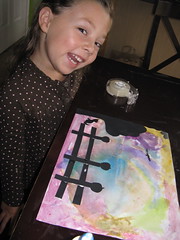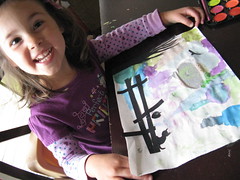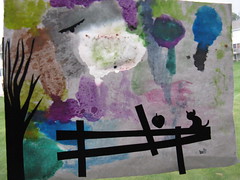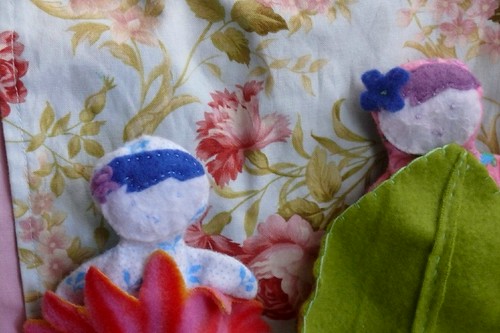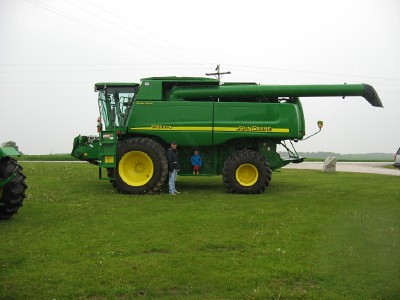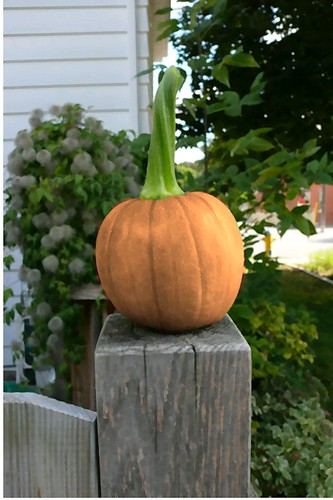A Book By Lennis L. Broadfoot
The records of history are full of dates, facts, and the accomplishments of important people, but these form only the embroidery decorating a more substantial fabric. That fabric is made up of the everyday actions, choices, and work of a nation's people. Most often the thoughts, cares, and beliefs of such people slip away unrecorded in favor of the events that history deems “important.” Pioneers of the Ozarks by Lennis L. Broadfoot is a joy to read because it offers that rare glimpse into the lives of the real history makers –those who rolled up their sleeves and made a home and community in the midst of wilderness.
The author begins by introducing himself, the son of homesteaders who had moved from Tennessee to Eminence, MO. He writes of his early childhood in the small log cabin that his parents had built from the timber off the rugged land. From a young age, he developed a fascination with people and capturing their images in sketches using bits of soap on a window pane or a broken piece of chalk snitched from the one-room school house. As a young man, Broadfoot traveled west, working as a ranch had and drawing scenes of the west. He eventually received some formal artistic training and became a free lance commercial artist. In 1936, Broadfoot left California to return home and begin the works featured in this book. He says of this decision; “I would rather draw a picture of an Ozark grandmother loitering about her cabin....than all the glamour girls in Hollywood.”
In his pictures, Broadfoot shows us the harsh realities of pioneer life written in the wrinkled, leathery faces of the elderly, who speak to him of their memories of the civil war as he sets down their likeness on paper. They share also their joys: their love for the beauty of the Ozarks and the provision of its wild resources, their appreciation of the community that works, laughs and mourns together. Many of the people choose to be shown at work or with examples of their craftsmanship,. These are people with an intense sense of pride, in workmanship, ingenuity, and independence. They seem to define who that are by what they do, how they provide for their families and the services they provide the community. Others prefer to share the picture with their animal companions, a hard working, gentle team of oxen, the loyal donkey who carries its owner deep into the rugged hills in search of mushrooms and ginseng root, or the fearless coon dog laying at his proud master's feet.
The wisdom of these Ozark pioneers is timeless; their cares and fears as relevant today as the day they shared them with the author. John Musgrave and “Uncle Sammy”, both veterans of the civil war (though on different sides) share many of the same thoughts on the horrors of war and the suffering it brought to soldier and civilian alike. Many, like the out-of-work carriage builder looked upon the “progress” of the automobile and the way it was changing society with skepticism and a touch of bitterness, saying that it “has caused all the world to go speed crazy and do nothing but burn up time and money.” The women seemed very concerned about the future of homelife. Arminta Taylor, aged 91, comments, “People these days don't know nothin' about raising families. Times are too modern, and they druther raise poodle dogs than babies.”
The hardships of pioneer life would provide most with ample opportunity to complain, yet the folks that have shared a bit of their lives with us through this book chose not to. Instead, they told Broadfoot as he quietly sketched how grateful they felt and how contented and peaceful their lives had been. Mrs. Delilah McKeethlen , who is knitting a sock as she speaks, says, “I'd ruther live outdoors an' sleep under a shade tree with nothing to eat but corn bread an' sorghum molasses if I can live in peace an' go to church than to have all the wealth on earth, an' live in a mad ol' world...” Basket-maker, Bob Derryberry on the next page adds, “I have wondered a lot ov times jist how I got by an' raised my family, but if a feller is handy about doin' things, the Ozarks is a purty good place ter live, 'cause ye can find material ter make most anything ye want.” Out of all the characters in the book, old Tom puts it best: “I am out in the hills early an' late. I see the ground hogs sit on high cliff rocks, and chirp. I watch the squirrel as he runs grapevines or sits in tops of tall hickory nut trees an' whittles nuts. I see the chipmunk as he scampers along logs with his pouches filled with acorns an' nuts, storin' them away fer winter's food. I see wild deer leap, an' hear the wild turkey gobble. I hear the wolves howl, an' the ol' mountain bobcat as he gives a wicked, vicious roar high up on the brushy mountainside. I hear the owls hoot, an' the whippoorwill an' nightingale sing. I see an' hear all these things that I love an' enjoy, an' yet people wonder if the meager sum I get fer choppin' wood is all 'Ol' Tom' gets out of life.”
I encourage you all, see if this old book is in your library; I believe you will find it as interesting and informative as I have. It will certainly give you another layer of understanding as we continue our readings of Laura Ingalls Wilder's books and the struggles and adventures of her family.
The drawings of the pioneers are so interesting and perfectly suited in their carefree, somewhat rustic nature to the subjects that I would have liked to show you a few. Unfortunately, I wasn't sure about the possible copyright issues, so instead I'll just direct you to other pages where you can see them for yourself.

















